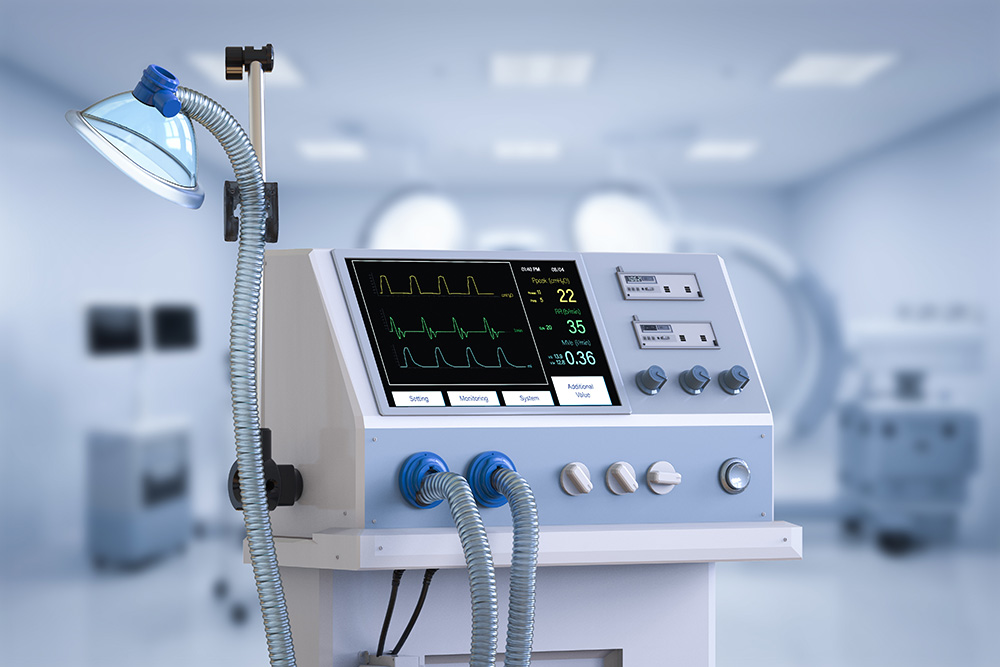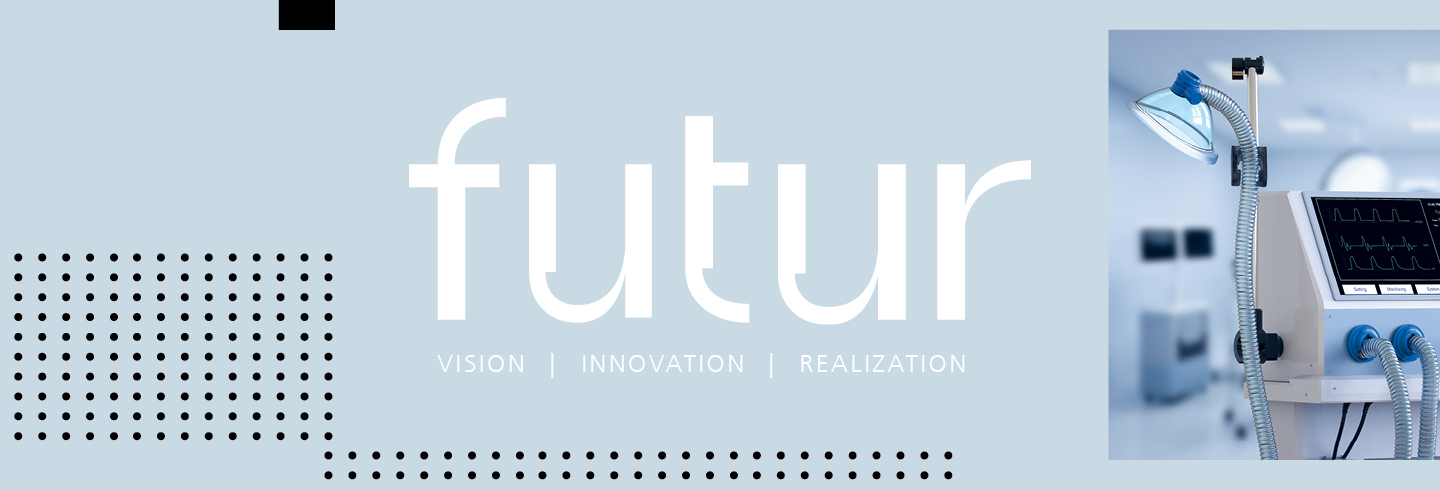Is Open Source the Solution?

At the beginning of the COVID-19 pandemic, it became clear that there was a global shortage of life-saving ventilators – even in Germany. Established manufacturers were not the only ones to react to the increased demand. Other companies, research institutions, and private individuals also began developing and producing improvised devices. Thus, an active movement has emerged that wants to find an answer to supply shortages with the help of open source hardware. In the OPEN.Effect project, experts from Fraunhofer IPK have been evaluating the performance and effectiveness of the open source community for the development and production of ventilators since May 2020.
Open source hardware in medical engineering
Open development processes make it possible to reduce development time and expenditure by reusing designs and distributing development. This helps prevent shortages during and after production, even during an exceptional situation such as the COVID-19 pandemic. For example, between April and May 2020, volunteers from the NGO Open Source Medical Supplies (OSMS) produced and distributed around seven million items in over 50 countries – including masks, protective clothing, and medical devices. Thanks to the collaborative nature of open source projects, unlike proprietary solutions, the results can be widely used and applied.
The jointly collected data is disclosed and serves as a basis for research institutions and companies to further develop the project results. In doing so, the scientists of the OPEN.Effect project demonstrate ways to quickly tap into the potential of the open source community to develop and produce ventilators.
»It is already becoming clear that open source hardware can effectively complement proprietary technology developments, especially in order to jointly overcome global crises.«
Sonika Gogineni

Common quality standards
A sound understanding of the strengths and challenges of open source hardware projects facilitates the development of sustainable solutions and shared best practices. To this end, Fraunhofer IPK collects project data together with the established open source community Public Invention. Public Invention has already evaluated open source solutions for ventilators as part of its Ventilator Verification Project. The project, published as a spreadsheet, evaluates 137 ventilator designs according to selected criteria such as manufacturability, functionality, reliability, user-friendliness, and regulatory approval. The list of criteria was expanded in close collaboration between Public Invention and Fraunhofer IPK to evaluate the performance of open source solutions. The project is currently in an interview phase to document the community’s practical experiences and insights and make them available for further research projects. The results can be found on the Fraunhofer IPK website as an open access report.
»It is already becoming clear that open source hardware can effectively complement proprietary technology developments, especially in order to jointly overcome global crises,« says Sonika Gogineni, project coordinator at Fraunhofer IPK. »The huge advantage is that urgently needed products can be manufactured, maintained, and modified directly where they are being used.« Nevertheless, open source producers are faced with a variety of challenges, such as the establishment of supply chains, decentralized certification, and the integration of feedback loops for all participants. In light of this, OPEN.Effect evaluates if the ventilators developed and produced comply with all necessary medical regulations and can be manufactured safely.
 Fraunhofer Institute for Production Systems and Design Technology
Fraunhofer Institute for Production Systems and Design Technology